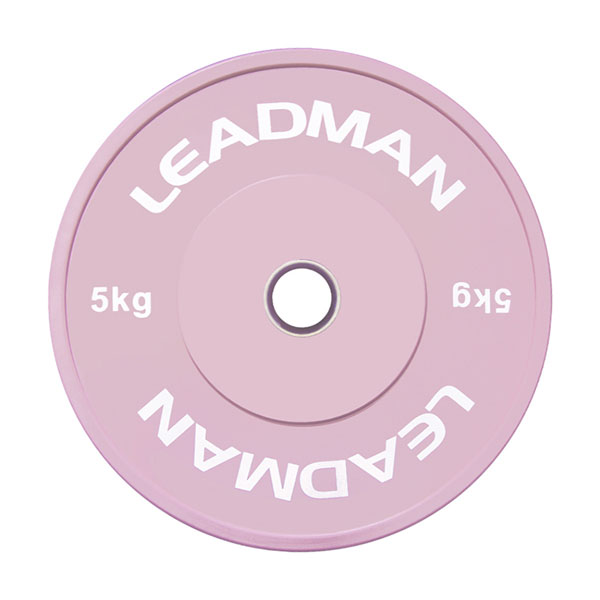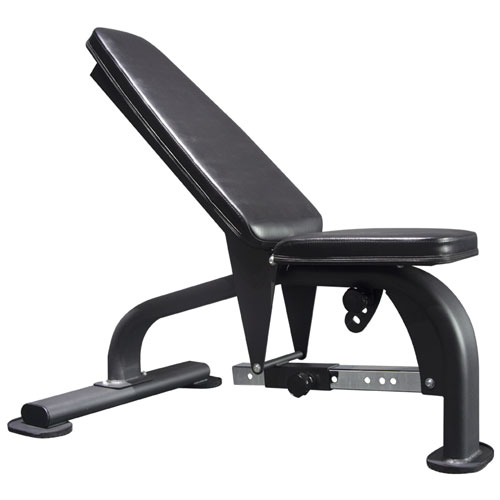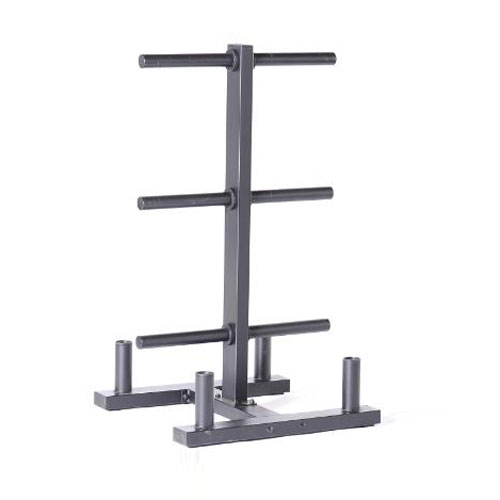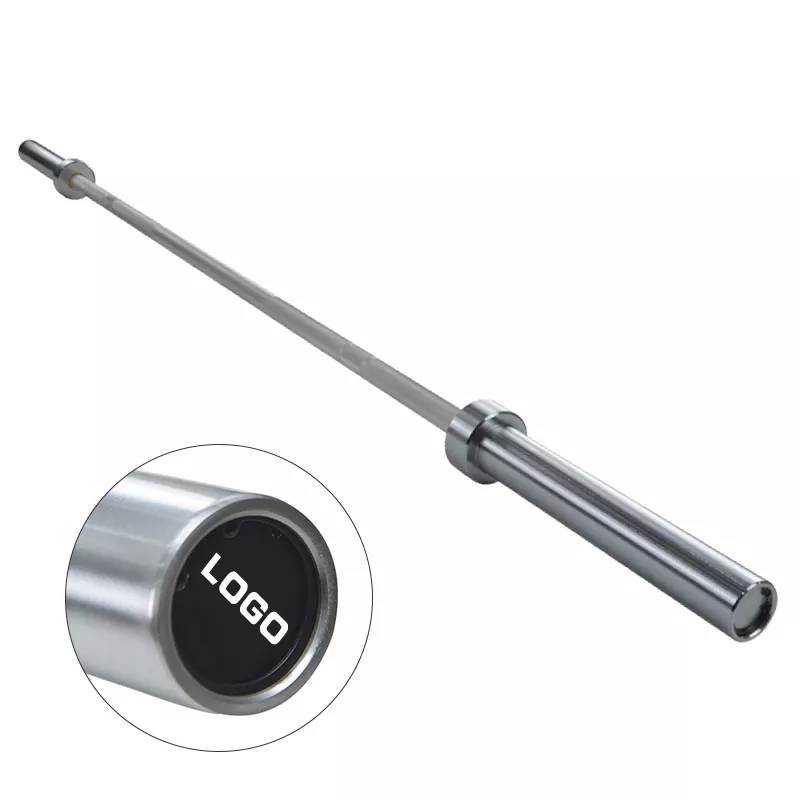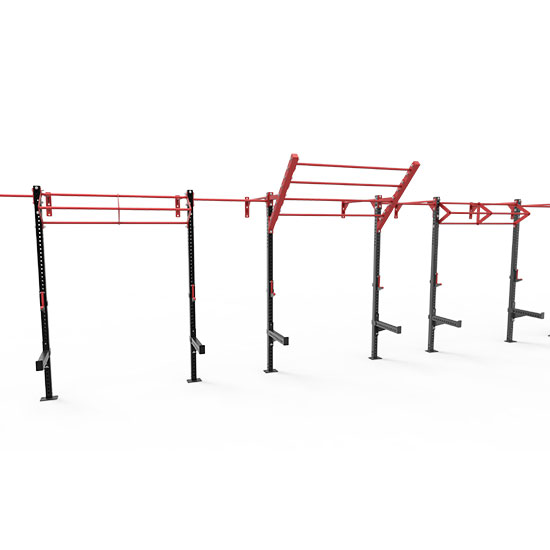2025 Gym Equipment Trends : What Buyers Should Know
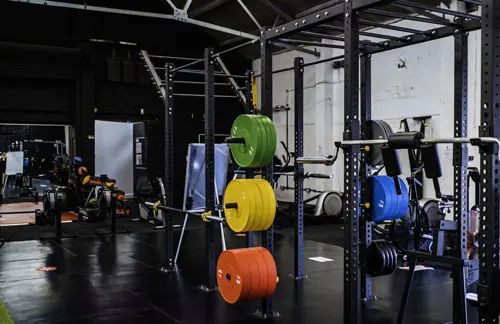
Navigating the Future of Fitness Gear
As a gym owner, distributor, or fitness brand agent, staying ahead means knowing what's next. In 2025, the fitness equipment market is buzzing with innovation, driven by technology, sustainability, and shifting B-end buyer needs. From smart racks to eco-friendly materials, these trends aren't just fads—they're game-changers that can set your facility or business apart. But with so much evolving, how do you decide what to invest in? This guide breaks down the top 2025 gym equipment trends every buyer should know, helping you make smart choices for your commercial gym or wholesale operation.
Let's dive into the trends shaping fitness gear this year and explore what they mean for your bottom line and client satisfaction.
Trend 1: Smart Fitness Equipment Takes Center Stage
By 2025, smart gym equipment is no longer optional—it's a must-have. Racks, barbells, and machines now come with sensors tracking form, weight, and reps, syncing data to apps for coaches and members. For B-end buyers, this means higher engagement—think gyms offering personalized training via AI-driven feedback. Expect prices to range from $1,500 for a smart rack to $5,000 for fully integrated systems. Invest here to attract tech-savvy clients and streamline operations, but balance cost with ROI.
Curious about optimizing your gym with tech-friendly gear? Check this out:
Trend 2: Sustainability Drives Material Choices
Green is the new black in 2025. B-end buyers are demanding eco-friendly equipment—think recycled rubber for plates, bamboo-finished benches, and low-impact steel production. These options cost 10-20% more upfront ($100-$200 per plate), but they appeal to environmentally conscious clients and align with corporate sustainability goals. Plus, they reduce long-term maintenance costs due to durable, non-toxic coatings. For wholesalers, offering sustainable lines can boost market share in a competitive landscape.
For insights on durable, eco-friendly gear, explore this:
Trend 3: Compact, Multi-Functional Designs Dominate
Space is premium in 2025, and B-end buyers are snapping up compact, multi-functional equipment. Think foldable squat racks, adjustable benches, and all-in-one stations that handle squats, presses, and pull-ups in under 50 square feet. These designs save 30-40% on floor space compared to traditional setups, costing $800-$2,000 each but paying off with higher capacity per square foot. For gyms or distributors, this trend maximizes ROI in tight urban spaces.
Need ideas for space optimization? This guide's a must:
Trend 4: Customization for Branding Skyrockets
In 2025, B-end buyers are leaning hard into custom equipment—barbells with logos, racks in signature colors, even personalized weight plates. This trend drives brand loyalty, with gyms and distributors using custom gear to stand out. Costs rise 15-25% ($200-$500 per item), but the payoff is higher client retention and social media buzz. For wholesalers, offering OEM/ODM solutions can open new markets, especially in niche fitness segments.
Learn more about branding through customization here:
Trend 5: AI-Powered Maintenance Solutions
Maintenance is getting smarter in 2025, with AI tools monitoring equipment wear—think sensors on racks flagging loose bolts or worn plates. For B-end buyers, this means fewer breakdowns, lower repair costs (saving 10-15% annually, or $1,000-$2,000 per gym), and safer environments. Prices for AI systems start at $500 per piece, but the long-term savings and client trust are worth it. Distributors can bundle these with gear for added value.
For maintenance tips that complement AI, check this out:
Putting These Trends to Work
For B-end buyers, 2025's gym equipment trends offer a roadmap to success. Smart gear attracts clients, sustainable materials win eco-conscious markets, compact designs save space, customization builds brand loyalty, and AI maintenance cuts costs. Start by assessing your gym's needs—tech for urban spots, green for corporate clients, custom for niche brands. Budget wisely: expect $10,000-$50,000 for a full upgrade, but the ROI in membership growth and efficiency can be massive. These trends aren't just trends—they're your competitive edge.
Ready to stay ahead? These insights can guide your next big purchase:
Ready to Embrace 2025 Gym Equipment Trends?
Stay ahead with innovative, trend-setting equipment that transforms your gym and attracts more clients.
Discover how Leadman Fitness can provide cutting-edge, trend-aligned gym equipment for your business. Reach out today for a free quote!
FAQ About 2025 Gym Equipment Trends
How much should I budget for smart gym equipment in 2025?
Expect $1,500-$5,000 per smart piece, depending on features—balance with your gym's tech adoption rate.
Are sustainable materials more expensive?
Yes, 10-20% more upfront, but they save on maintenance and appeal to eco-conscious clients long-term.
Do compact designs compromise durability?
Not if built right—look for 11-gauge steel and robust joints to ensure longevity in busy gyms.
Is customization worth it for B-end buyers?
Absolutely—15-25% cost increase, but it boosts brand loyalty and market differentiation.
How do I evaluate AI maintenance tools?
Check sensor accuracy, integration ease, and cost ($500+ per unit)—test a pilot before scaling up.

